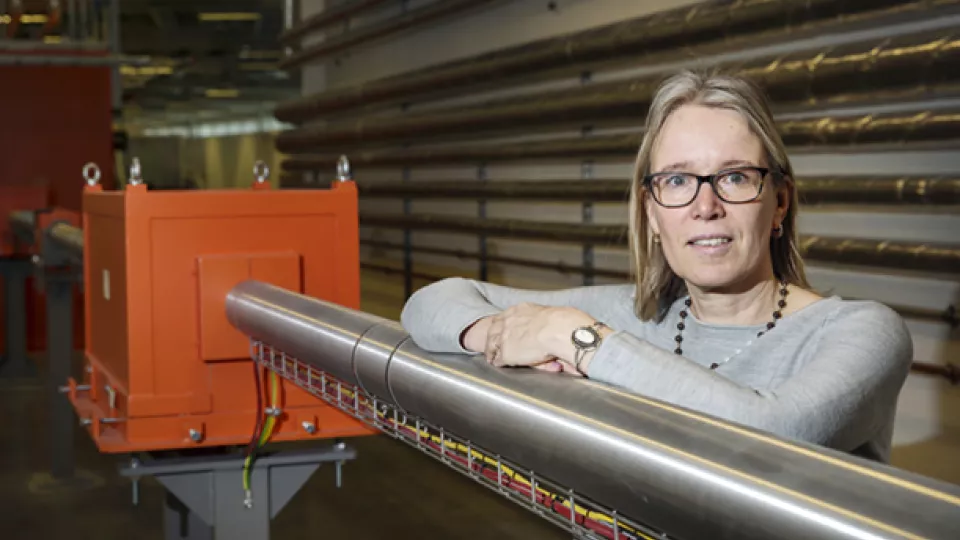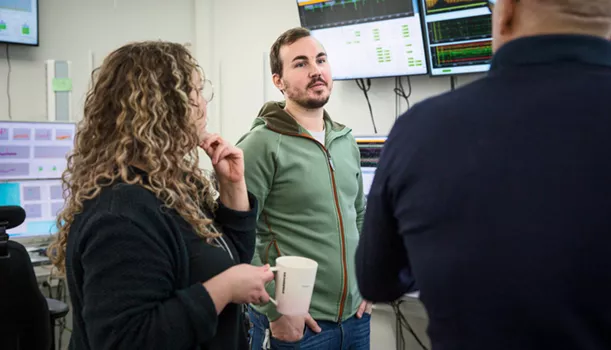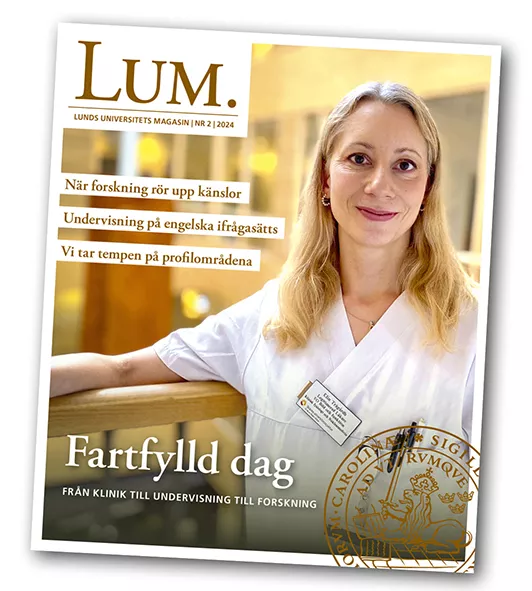“We are on the right path and managers and team leaders are taking further necessary decisions”, says Marjolein Thunnissen, who is the director of Life Science, one of four main areas at MAX IV, and a member of the management team at MAX IV. She also feels the atmosphere has improved and there is less corridor-talk.
Until last spring, the MAX IV synchrotron radiation facility was a success story. It is Sweden’s biggest investment in research infrastructure and a flagship for Lund University. The facility was built with a strong environmental focus and has received several prizes and awards for its innovation.
“I really like MAX IV – those who work here are mostly very talented. I learn something new every day among different people, technologies and disciplines”, says Marjolein Thunnissen.
She accepted the role as director last summer when the Swedish Research Council was evaluating MAX IV and the significant delay in the beamlines (the parts of the facility where research takes place) was already well known. Marjolein Thunnissen has experience in many roles – as a researcher she has been a user as well as having experience building and operating beamlines. She has also coordinated many beamlines and before becoming the Life Science director, she was responsible for users of MAX IV. Despite this, it was not an obvious decision for her to accept the directorship.
“I realised it was not going to be easy, but I did not want to only complain, I wanted to try to take responsibility and contribute what I know”, she says.
MAX IV was estimated to be around two years behind schedule for the 16 beamlines, with three in use so far. In June last year, the Swedish Research Council produced an evaluation report demanding measures be taken. The then director Christoph Quitmann stood down.
“There were many emotions in the facility at the time. Some were angry, some were happy and some were confused.”
The board of MAX IV produced a list of priorities and an action plan to overcome some of the issues in project management, unclear decision chains and improved communication with the University management and with the Swedish Research Council, as well as internally within MAX IV.
“A lot was unclear. There were no priorities and it was unclear who took decisions on what. This has improved with the list of priorities”, she says.
With unclear responsibilities and prioritisations, it was a breeding ground for conflict – a fight for personal projects and to gain access to the few operational beamlines.
“There is nothing wrong with fighting your corner, however, it is important to be honest and clear about your opinions and not play power games.”
When Marjolein Thunnissen was first appointed as director, she had a group of employees with very high workloads, while another group could only wait around for the first group to finish.
“Deadlines are much stricter now which means those who are waiting can plan properly.”
What have you learnt from navigating as a director in an unclear organisation?
“To listen more. If you initiate a process you have to monitor how it is working with the needs and the people”, says Marjolein Thunnissen, adding that it has been important to her over the past six months to talk with the teams directly.
“This makes it possible to understand their day-to-day problems and what the culture and needs are in that specific team. It is important to have principles but also to be flexible.”
Although there are still delays to be tackled, a lack of resources in some areas and a priority list that constantly needs revision, Marjolein Thunnissen is convinced MAX IV is on the right path. After a difficult autumn, there was a new sense of calm within the organisation at the staff Christmas party.
“It felt like everyone was really relaxed”, says Marjolein Thunnissen.
LUM talks to Viktor Abelin up in the large space station-like control room, in the depths of MAX IV. With a watchful eye on all the screens where the beams are monitored, he tells us he likes his job.
“I am a nerd and discovered it is at least as much fun to play with million-euro machines as it is to learn about synchrotron radiation”, says Viktor Abelin who studied synchrotron physics at Lund University.
When he started, some operators had already left in protest against the roster, as some staff were scheduled to work almost exclusively at night and on weekends. There was a lot of talk about dissatisfaction with different managers. However, a lot changed for the better when they changed the rosters and also moved to a 24-hour service and employed eight new operating assistants.
“That was important, if the roster does not work, leisure time does not either”, says Viktor Abelin adding that they now have a functional three-shift roster where operators share the night and weekend shifts, to be evaluated by the operators and adjusted accordingly. His manager has emphasised that the division is doing a good job. The fact there has been negativity in the press has not had an impact on Viktor Abelin or his group.
“It is a shame if it seems negative from the outside. In here, there is a good atmosphere in the whole group of accelerator physicists and operators”, says Viktor Abelin.




